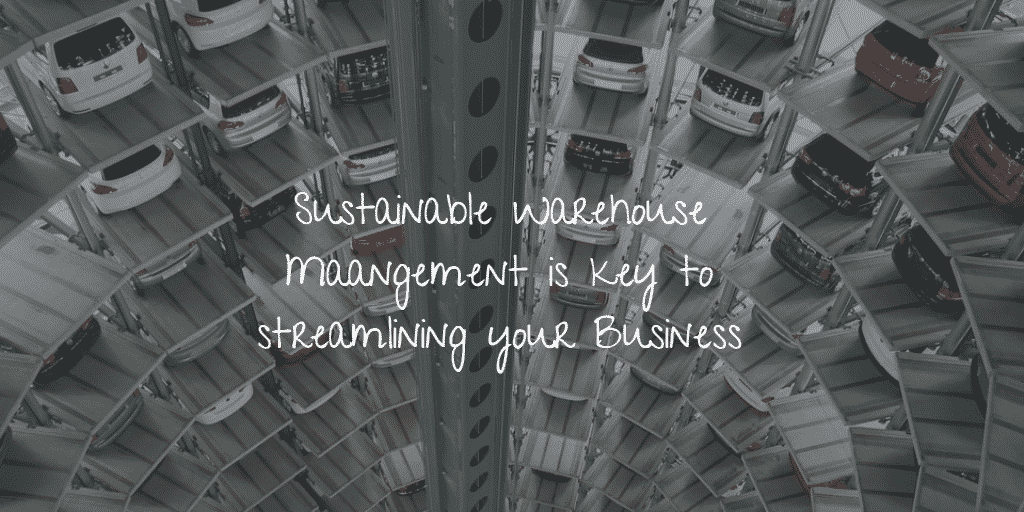Although the current economic environment in Ireland is slowly gaining ground according to experts, businesses throughout the nation are still working to develop new methods and internal procedures that will stimulate their financial gains and produce long-term benefits.
Conventional methods used for batch tracking and traceability help identify problems from the point of sale, working backward. But, that does little for anticipating or eliminating the complications before they occur.
Fortunately, new tracing capabilities are transforming internal procedures and maximising the transparency of the supply chain by allowing organisations to embed every detail of the product’s life cycle into each specific item record. This advanced type of provenance and traceability data can then be utilised to analyse quality controls, safety, and reliability with heightened accuracy. Moreover, it helps to maximise your company resources, whilst simultaneously strengthening your supply chain performances.
However, before you can introduce new technology tools, there are a few things to consider. These steps can help you develop the foundational groundwork required within your company dynamics, so that your enterprise resource planning system will achieve its maximum potential.
-
Initiate a Strategic Planning Process
Without clearly defined goals and a system for achieving them, improving transparency along your supply chain will remain in the realm of the subjective. Although you could hire expensive consultants to review your current management procedures, examine your floor layout, and create costly, and complicated overhauls, for most production and distribution model businesses, third-party consultation simply isn’t necessary.
Initiating a strategic planning process simply requires opening the channels of communication between your staff members and fostering an environment that rewards innovation. Logically speaking, who knows better what is working and what isn’t in your company than your employees who deal with the situations every day?
Creating an atmosphere that welcomes employee suggestions and seriously considers them helps establish a sense of unified purpose that will engender positive innovation.
-
Eliminate Communication Barriers Between Departments
Maximising transparency requires a free flow of communication and information within your organisation. Data flow charts can help you visualise obstructions, but the most important point to remember is to foster sharing among your departments. For instance, placing importance on regular, consistent counts, which get transferred to specific sales members; allocating specific single user subscriptions that designate task ownership for heightened accountability.
This type of departmental communication helps improve transparency across your supply chain, because essentially, every process involved, from the point of sale to replenishment, impacts your company’s performances.
-
Integrate Data into a Comprehensive System
The biggest limitation to supply chain transparency is working with a myriad of separate planning, scheduling, customer, vendor, and accounting software programmes. It’s almost impossible to create the supply chain visibility you need to successfully compete in today’s global marketplace without total data integration.
However, there are many affordable systems available that offer the framework for data integration across business channels, and include sophisticated procurement, inventory, and distribution management such as:
- Real-time employee access to purchase requisitions and orders
- Enforcement of purchase order approval protocols—eliminating quality control problems from substitutions or inferior product replenishment
- Comprehensive inventory costing methods for improved analytics
- Packaged shipping integration with each point of sale
Improving your supply chain transparency with a comprehensive system offers long term benefits. With the ability to benchmark and establish standardised methods for sharing data, it helps to promote a better employee understanding of the needs and challenges your company faces. Moreover, data integration delivers prescriptive and predictive analytics across the entire length of the supply chain for enhanced decision-making.
Contact us today to see how Sage 200 can help YOUR business













